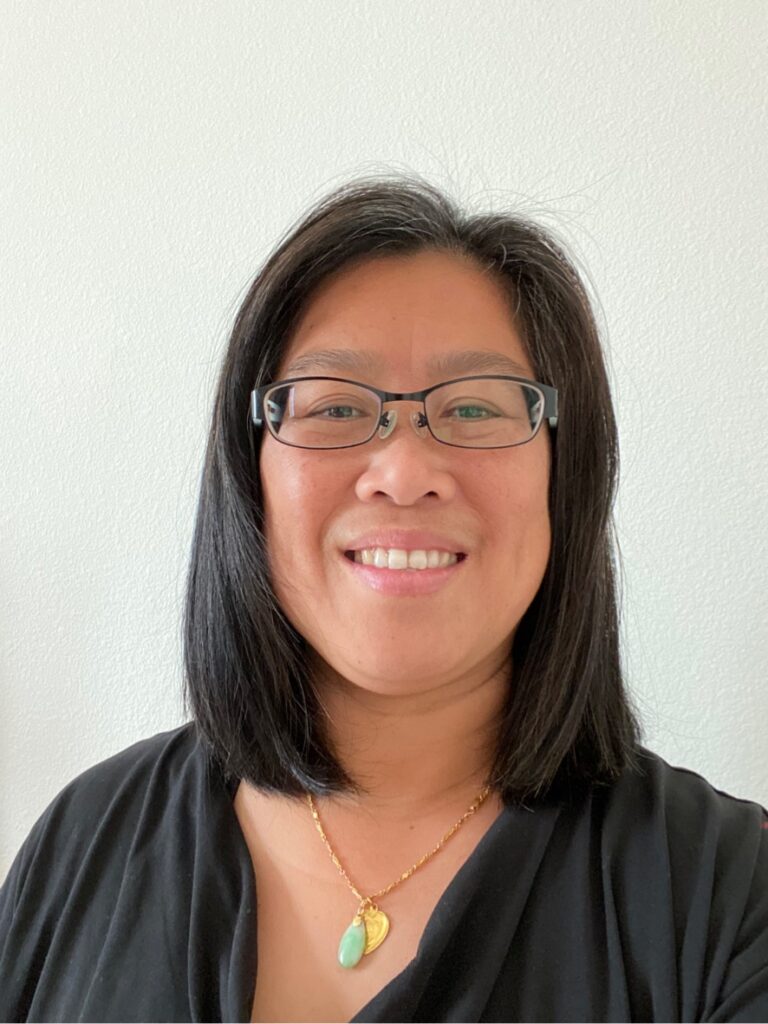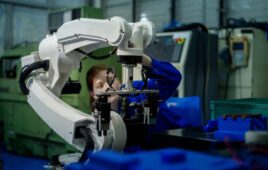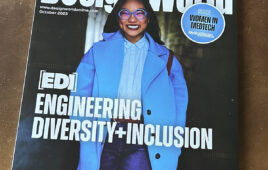Kitty Kong
Engineering Director, Wind River
B.A. Computer Software Engineering, UC – Berkeley

Kitty is a director of engineering at Wind River, overseeing teams that work on the company’s flagship real-time embedded operating system, full-system simulation of target hardware, and cloud-native platform. She earned her bachelor’s in computer science from University of Berkeley and started her career at Wind River Systems after graduation. She joined Wind River as a kernel engineer, working on device drivers, BSPs, and OS kernel features. She has worked through many engineering levels and technical leadership and project management roles, and is now a director of engineering, leading the teams that she used to work in. She loves what she does, loves the industry she is in, and loves that she can continue to learn and grow at Wind River.
Talk about the culture at your company. What makes it inclusive or supportive of women in engineering and automation?
I have worked at Wind River for more than 25 years, starting out as an intern and working my way to my current role as a director. For some, this may seem too long to work at one company. But for me, Wind River has provided an environment of personal and professional growth. One of the reasons I started and stayed there is its culture and diversity. Wind River fosters a culture of collaboration, innovation, knowledge sharing, and teamwork. On every project and every team I have worked with, everyone has been supportive of each other and shared a common goal for success. Even as a woman in a male-dominant profession, I have felt respected and valued for what I can contribute.
Describe a recent company project in which you were involved that went particularly well. How did you and your team go about ensuring success?
The Russia–Ukraine war had an impact on one of our project releases due to sanctions against Russia. We had commitments and deadlines to meet, but we were unable to continue to utilize one of our Russian contracting companies. We were forced to find alternatives. In the end, the team rearranged priorities and worked long hours to complete our deliverables and still managed to successfully deliver the release on time.
What first drew you to engineering and this industry?
I was not exposed to computer software nor to engineering until my second semester in university. I was intrigued by how 1s and 0s could make things work and how a language could create a game that students were so addicted to that they would play until 3 o’clock in the morning. That second semester I enrolled in a LISP programming course, and after that I started enrolling in many of the electrical engineering courses so I could build things that worked with software, such as a music synthesizer.
From that time on, I knew I wanted to focus on low-level programming, where the software meets the hardware. Hence when I was offered an internship at Wind River to work on embedded software, I took it. And the rest is history!
Describe your biggest career challenge. How did you solve it — or what was the outcome or lesson learned?
About 15 years ago, I hit a wall in terms of my career. I was a senior member of technical staff and a technical lead. However, I also acknowledged that I might not have had the technical creativity and that I could be challenged in continuing up the technical ladder to becoming an architect. I was questioning myself a lot. I had to figure out where my career path would lead.
Right at this same time, my manager left the company, and my director approached me and offered me a manager role. I hesitated but decided to take the offer with the condition that I could continue to remain technical and close to the engineers. But I also took on the mindset that becoming a great manager could make a difference for an engineer’s career. I have never looked back — although I do itch to code occasionally.
What career advice would you give to your younger self?
As I’ve suggested to many of the interns who have come through my organization, embrace every opportunity and don’t be afraid to ask questions or make mistakes.
Filed Under: Engineering Diversity & Inclusion




